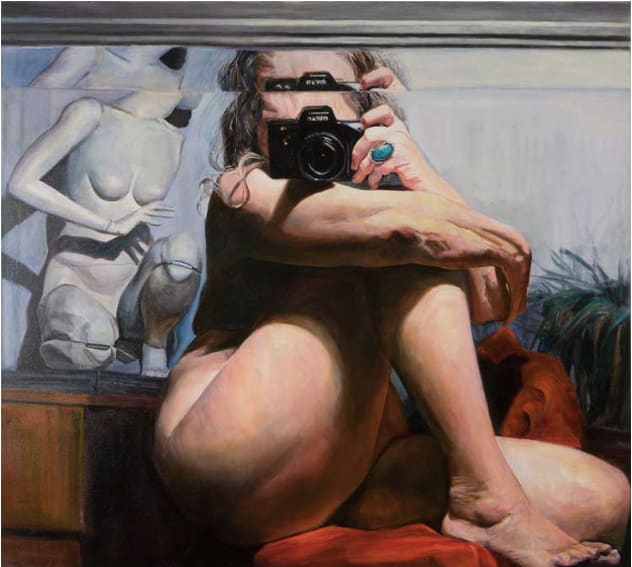Like most painters of her generation, Joan Semmel, who was born in the Bronx in 1932, started off painting abstractly. In the 1970s, however, she returned to the figure — and a new set of problems. Not only was she working in a supposedly moribund medium — the radical ’60s were filled with calls for the “death of painting” — but she was returning to a fraught traditional form. As a feminist, how could Ms. Semmel paint the female figure — particularly the female nude — without returning it to its old role as a passive object presented to a historically male viewer?
Her solutions were daring: Ms. Semmel painted figures copulating, and herself nude. In that era of so-called sexual liberation, erotic content was logical as well as topical.
Ms. Semmel first tried drawing, and then turned to photography, to capture the figures who volunteered to “model” for her. Thus began her engagement with another fruitful avenue of late-20th-century painting: the relationship between photography and painting.
The few dozen paintings in “Joan Semmel: The Lucid Eye,” at the Bronx Museum, described by the curator, Antonio Sergio Bessa, as a “project show” rather than a retrospective, were all made after 2001. They are less titillating than Ms. Semmel’s earlier work, but together they create a coherent conceptual project that is also — as one would expect from a painter who started off as an abstract expressionist — still highly engaged with the tactility of paint and the possibilities of color.
...
Read full review at nytimes.com.

